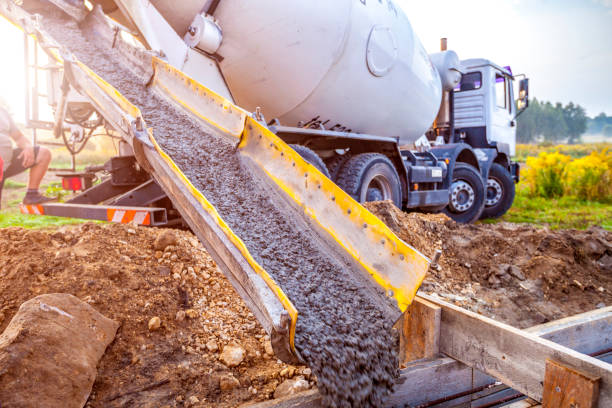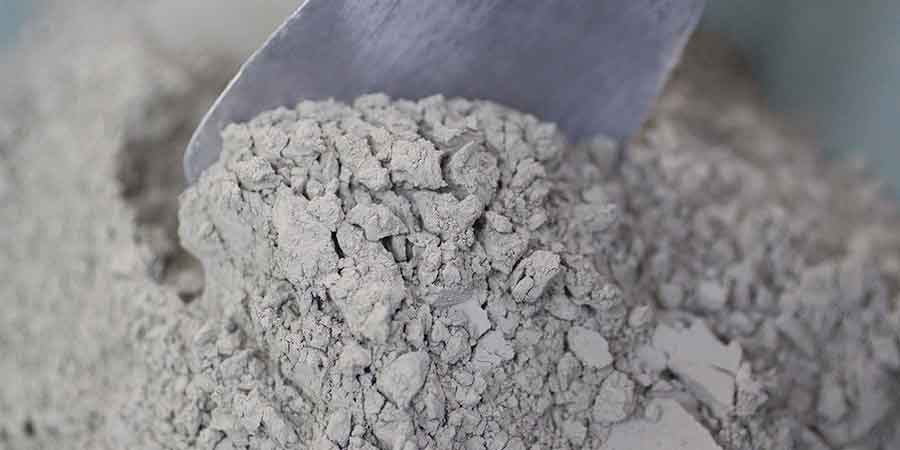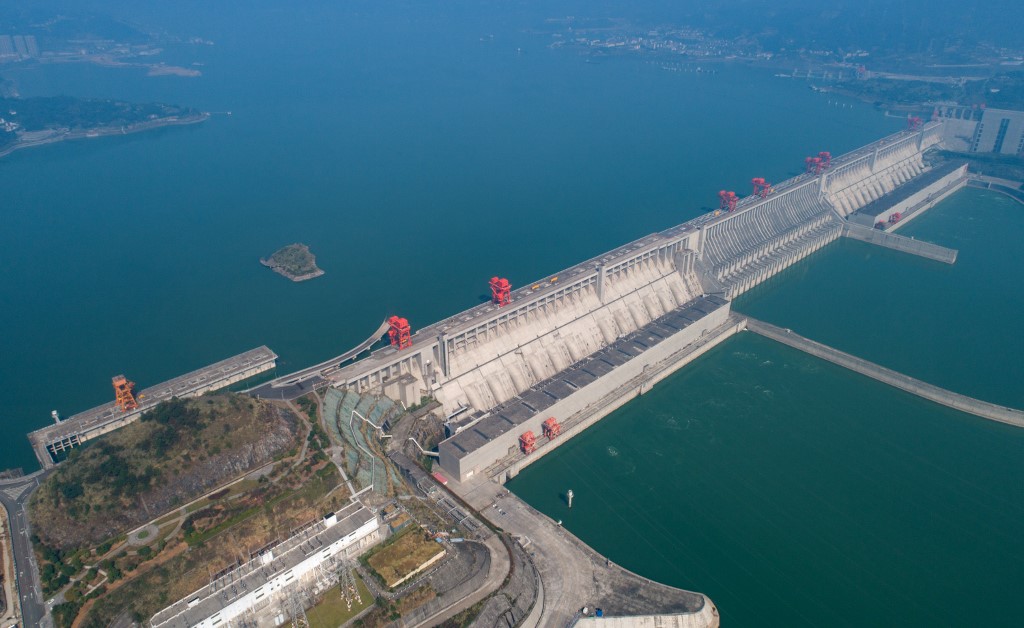History of Concrete Timeline: Ancient World (6500 BC) to Modern Times

I. Introduction:
The “History of Concrete Timeline” is a fascinating journey through time that tracks the development of one of the world’s most important building materials. Concrete has been used for thousands of years, and its evolution is a testament to human innovation and creativity. This timeline provides an overview of the key milestones in the history of concrete, from its earliest beginnings as a simple mixture of mud and straw to the complex composite material that is used today in modern construction. The timeline highlights the significant breakthroughs, innovations, and advancements that have been made in the field of concrete, showcasing the ingenuity and resourcefulness of humans in creating a material that has transformed our built environment. Understanding the history of concrete is essential to appreciate its importance and impact on our daily lives, and this timeline serves as a comprehensive guide to the evolution of this critical building material.
Definition of Concrete
Concrete is a versatile building material that has been used for centuries. It is a composite material composed of cement, water, aggregates, and various additives, creating a strong, durable, and long-lasting structure.
Importance of Concrete
Concrete is an essential building material that is used in a variety of applications, including roads, bridges, buildings, and dams. Its ability to withstand compression and tension makes it a reliable choice for creating structures that can withstand heavy loads and harsh environmental conditions.

A brief overview of the History of Concrete
The history of concrete dates back thousands of years, with evidence of its use found in ancient civilizations such as Egypt and Greece. Over time, advancements in technology and materials have led to the development of new types of concrete and construction techniques.
As we delve deeper into the history of concrete, we can gain a better understanding of how this essential building material has evolved and how it continues to play a critical role in modern construction. So, let’s take a journey through time and explore the timeline of concrete.
II. The Ancient World
6500 BC – 600 BC
The ancient world was a time of great innovation and progress in the field of construction. During this period, people discovered the use of lime as mortar, which was first used in Turkey around 6500 BC. The use of mud bricks and stones was also prevalent during this time, and they were used to construct some of the most iconic structures in history, such as the Pyramids of Giza in Egypt and the Parthenon in Greece.

Additionally, the ancient Egyptians and Greeks made significant advancements in concrete technology by mixing lime, sand, and water to create a strong, durable material. This early form of concrete was used to construct various structures, including the Temple of Jupiter in Baalbek, Lebanon. The Pantheon in Rome, built in 27 BC, is another excellent example of ancient concrete technology, using volcanic ash, lime, and aggregate to create a dome that remains standing to this day.

The construction techniques and materials used during this period were revolutionary, laying the foundation for the modern-day concrete industry. It is fascinating to think about how the ancient civilizations were able to create such impressive structures using rudimentary tools and materials, and their contributions to the field of construction continue to influence modern-day building techniques.
III. The Roman Empire
300 BC – 476 AD
The Roman Empire is known for its architectural marvels, many of which were constructed using concrete. During this period, the Romans made significant advancements in concrete technology, introducing pozzolana cement, a material made by grinding volcanic ash and mixing it with lime. This type of cement was a game-changer in the construction industry, allowing for the creation of stronger, more durable structures.

Some of the most iconic structures of the Roman Empire, such as the Colosseum, the Pantheon, and the aqueducts, were built using concrete. The Colosseum, in particular, is an engineering marvel, with its elliptical shape and multiple levels made possible by the use of concrete. The Pantheon, with its massive dome and oculus, remains one of the most impressive structures in the world, showcasing the Romans’ mastery of concrete technology.

Advancements in concrete technology during the Roman Empire allowed for the construction of larger and more complex structures, setting the stage for the modern-day construction industry. The Romans’ contributions to the field of construction are still evident today, with many of their structures still standing and serving as a testament to their engineering expertise.
IV. The Middle Ages
476 AD – 1453 AD
The Middle Ages marked a period of decline in concrete technology, as the Roman Empire collapsed, and the use of concrete declined. Instead, builders during this period relied on more traditional materials, such as lime and stone, to construct buildings and structures.
One of the most impressive construction achievements of the Middle Ages was the building of Gothic cathedrals, such as Notre Dame in Paris and the Cathedral of Chartres in France. These structures showcased the builders’ mastery of stone masonry, with intricate carvings and designs adorning the walls and ceilings. However, concrete was still used during this period, primarily for foundations and as mortar in between stone blocks.

Despite the decline in concrete technology during the Middle Ages, the period marked a crucial transition in architectural styles, with Gothic cathedrals representing a new style that emphasized height and lightness. These structures set the stage for the Renaissance and the revival of concrete technology, leading to even greater innovations in construction.
V. The Renaissance
1453 AD – 1600 AD
The Renaissance was a time of great artistic and scientific innovation, and it also marked the revival of concrete technology. Builders during this period began to rediscover the use of concrete and cement, building on the advancements made by the Romans and further refining the technology.
In Italy, builders began to use pozzolana cement, a material made by mixing volcanic ash with lime, which was first used by the Romans. This type of cement was ideal for creating large-scale structures, such as bridges and buildings, due to its strength and durability.
One of the most impressive structures of the Renaissance period was St. Peter’s Basilica, located in Vatican City.

Construction of the basilica began in the early 1500s, and it took over a century to complete. The dome of the basilica, designed by Michelangelo, is one of the largest unsupported domes in the world and is a testament to the advancements made in concrete technology during the Renaissance.

The revival of concrete technology during the Renaissance set the stage for even greater advancements in the field of construction, leading to the construction of some of the most iconic structures in history.
VI. The Industrial Revolution
1750 AD – 1900 AD
The Industrial Revolution marked a period of significant change in the world of construction, as new technologies and materials were introduced that revolutionized the industry. One of the most significant developments during this period was the introduction of Portland cement, a material that is still widely used in construction today.

Portland cement, named after the Isle of Portland in England, was invented in the early 1800s by Joseph Aspdin. It is made by heating limestone and clay in a kiln and then grinding the resulting clinker into a fine powder. This type of cement was more reliable and consistent than previous types, and it became the standard for modern-day construction.
During this period, builders also began to experiment with reinforced concrete, a material made by embedding steel rods or mesh within the concrete to increase its strength and durability. This innovation led to the construction of some of the most iconic structures of the modern era, such as the Eiffel Tower in Paris and the Hoover Dam in the United States.


The Industrial Revolution also saw the rise of skyscrapers, tall buildings made possible by the use of steel and reinforced concrete. Some of the most famous skyscrapers of this period include the Empire State Building in New York City and the Chrysler Building, both of which were constructed in the 1930s.

The innovations of the Industrial Revolution transformed the field of construction, setting the stage for even greater advancements in the modern era.
VII. Modern Times
1900 AD – Present
Advancements in concrete technology have continued into modern times, leading to the development of new materials and construction techniques that have transformed the field of construction. The use of concrete has become even more widespread and versatile, with new applications and possibilities emerging every day.
One of the most significant innovations of the modern era is the use of precast concrete, a technique where concrete is cast in a factory or plant and then transported to the construction site for assembly. This approach offers a number of advantages, including increased efficiency, reduced waste, and improved quality control.
In addition, modern builders have continued to push the boundaries of what is possible with concrete, using it to construct some of the largest and most complex structures in the world. This includes bridges, such as the Akashi Kaikyo Bridge in Japan, which is the longest suspension bridge in the world, and dams, such as the Three Gorges Dam in China, which is the largest hydropower project in the world.


Advancements in concrete technology have also led to the development of new materials, such as ultra-high-performance concrete (UHPC), which is stronger and more durable than traditional concrete. This has opened up new possibilities for designers and builders, allowing them to create structures that were previously impossible.
In conclusion, the history of concrete is a story of innovation and progress, as builders and engineers have continued to refine the technology and explore new applications for this versatile material. From the mud bricks of ancient civilizations to the towering skyscrapers of the modern era, concrete has played a critical role in shaping the world we live in today.
VIII. Conclusion
Recap of the history of concrete
Concrete has a long and storied history, dating back to ancient civilizations and evolving over time with new materials and construction techniques. From the use of mud bricks in Mesopotamia to the development of reinforced concrete and precast concrete in the modern era, concrete has played a critical role in the development of human civilization.
Future of concrete technology
Looking forward, the future of concrete technology is bright, with new materials and construction techniques emerging that promise to make concrete even stronger, more durable, and more sustainable. Innovations such as self-healing concrete, which can repair cracks on its own, and carbon capture concrete, which can help reduce greenhouse gas emissions, are just a few examples of the exciting developments underway in the field.
Importance of concrete in modern society
Concrete is an essential material in modern society, used in a wide range of applications from roads and bridges to buildings and dams. Its strength, durability, and versatility make it an ideal choice for many construction projects, and its continued evolution promises to make it even more valuable in the years to come.
In conclusion, the history of concrete is a testament to human ingenuity and innovation, and its continued evolution underscores its importance in shaping the world we live in today and the future we will create tomorrow.





Responses